Hosta, or otherwise funkiya, refers to perennial ornamental plants. Unpretentious care and maintenance, long lifespan make the plant attractive for novice decorators and gardeners. The decorative value of the funkia is given by the variety of shapes and colors of the leaves. Wrinkled, wavy or smooth, matte, shiny, with a metallic sheen or bloom, they are suitable for any garden interior.
Care rules
Hostas prefer fertile and fertilized soils. In such conditions, growth and formation of a lush leaf rosette occur faster, which stimulates early flowering.
Hosta is a moisture-loving plant. Drying and the appearance of a brownish tint of the soil are signs of the need for watering. The hosta root system is located superficially, because of this, it becomes necessary to maintain constant soil moisture.
How to properly water the host? Watering must be carried out without touching the leaves with water. If moisture gets on the leaf blade, it will cause sunburn. On average, one plant requires 10-30 liters of water. This amount should be enough to saturate the soil 30-50 cm deep.
During hot and dry periods, it is necessary to increase the frequency of watering the hosts to maintain the necessary moisture in the earth. The base around the bush can be covered with a layer of mulch, for a longer preservation of the natural microclimate of the roots.
When choosing a material for mulching, several factors must be considered:
- mulch is the best place for dwelling and breeding of snails and slugs dangerous for hosts;
- peat and pine bark have the ability to acidify the soil layer, which is a negative factor for the development of hosts;
- the use of humus and rotted compost is undesirable for miniature varieties, since it causes debate on the root collar;
- it is forbidden to use gravel and pebbles in areas exposed to direct sunlight due to the strong heating of the stones.
The first signs of a lack of moisture are the appearance of dark tips on the leaves.
Since the main decorative function of the hosta is to form a lush rosette of leaves, it is recommended to cut the flowering shoots. The plant spends a large amount of water resources and nutrients for their formation. In addition, the removal of peduncles allows you to preserve the decorative appearance of the bush. In the process of growing peduncles, the leaves thin out, the bush loses its symmetry and disintegrates.
Types of dressings
To obtain a sprawling fluffy bush, the hosts need, in addition to maintaining the correct irrigation regime, regularly and in a timely manner to make additional fertilizing. How to feed the host? The host is responsive to the application of organic and mineral fertilizers. Overuse and incorrect timing can ruin the appearance of the plant.
It is preferable to use organic fertilizers, thereby improving the soil structure. Organic matter stimulates the vital activity of soil bacteria and worms, helping to cool the root system and slowing down moisture evaporation. Rotted compost, deciduous and coniferous litter, hay, straw, husks of seeds and nuts are used as organic fertilizing.
It is not enough to use only organic fertilizers. For the harmonious development of the plant, it is required to introduce mineral complexes into the composition of the soil. Liquid root and foliar dressings are well absorbed by hosts.
The root method involves embedding a complex of fertilizers in a previously loosened soil or, having prepared an aqueous solution, irrigate at the root. Foliar fertilization is applied with a sprinkler or spray to all ground parts of the plant, both from the top and from the bottom of the leaves.
You can combine fertilization with mineral and organic fertilizing. To do this, granules are poured onto the trunk circle, which are mulched with organic matter from above. After that, it is necessary to water the plant abundantly at the root.
Also suitable for use are granular mixtures intended for deciduous ornamental plants. The ratio of phosphorus, potassium and nitrogen should be in the proportions: 1: 1: 1, 1: 2: 1 and 1: 1: 2.
Seasonal feeding hosts
Before planting the hosts, rotted manure, humus, wood ash and complex organo-mineral fertilizer must be added to the dug hole. This stock will be sufficient for a young plant during the first 2-3 years of growth.
How to feed the host so that the bush is good? After reaching the age of three, when the stocks from the planting pit are depleted, it is necessary to regularly make additional fertilizing, which differ in seasons. In spring, during the rapid development of leaves, a number of activities must be carried out. It is customary to apply fertilizers in 3 stages.
How to feed the host to stimulate growth? The first feeding occurs during the period of sap separation and the awakening of the bush from hibernation. Fresh humus should be added under the bushes as an organic component. Mineral components must be dissolved in water and water the plant abundantly without touching the leaves. It is better to choose nitrogen-containing preparations with calcium nitrate as a mineral component. Top dressing with such preparations should be repeated after 10-15 days.
What can you feed your host with in summer? The second complex fertilization occurs at the beginning of the summer period in late May-early June, coinciding with the period of flower formation. How can hosts be fertilized? At this time, the choice should be made on phosphorus and potassium fertilizers, which contribute to abundant flowering and maturation of tissues. Top dressing of the hosts in the summer should end by mid-July-early August. Continuing to develop new leaves, the bush will not have time to accumulate a supply of nutrients in the root system to wait out the winter period.
How to fertilize the host? In the autumn, it is necessary to attend to the preparation of the hosts for wintering. When growing plants under tree crowns, mulching with leafy soil should be carried out. This choice of mulch will restore the deficiency of substances absorbed by neighboring trees.
Also in the fall, you can add a mixture of peat and humus or compost under the bushes. In the spring, after the snow melts, this layer is shallowly embedded in the soil.
Tips from experienced florists
During the cultivation period, each gardener develops his own tricks for applying fertilizer for the hosts, which help to achieve maximum success in growing crops.
- Preliminary digging of the earth to a depth of at least 30 cm, followed by the formation of organic mulch, at the rate of 2 buckets per 1 sq. meter of soil, will avoid making additional fertilizing for 2-3 years;
- Only adult, healthy, actively growing plants can be fed;
- Hosts grown next to woody forms must be mulched every autumn with fallen leaves, creating a layer of at least 5 cm in thickness. This will make up for the lack of nutrients taken by the trees;
- The formation of a thick layer of mulch, in addition to the function of fertilization, increases the aeration and water permeability of the earth layer;
- Actively affect the growth of bushes with calcium nitrate;
- The maximum effect is given by the following feeding scheme: sprinkle granular minerals under the bush, cover with a layer of mulch and water abundantly.
In conclusion, we can say that the host, along with low requirements for growing conditions, needs regular fertilization measures. Compliance with regulated feeding schemes will allow you to observe a healthy ornamental plant in the garden for many years.
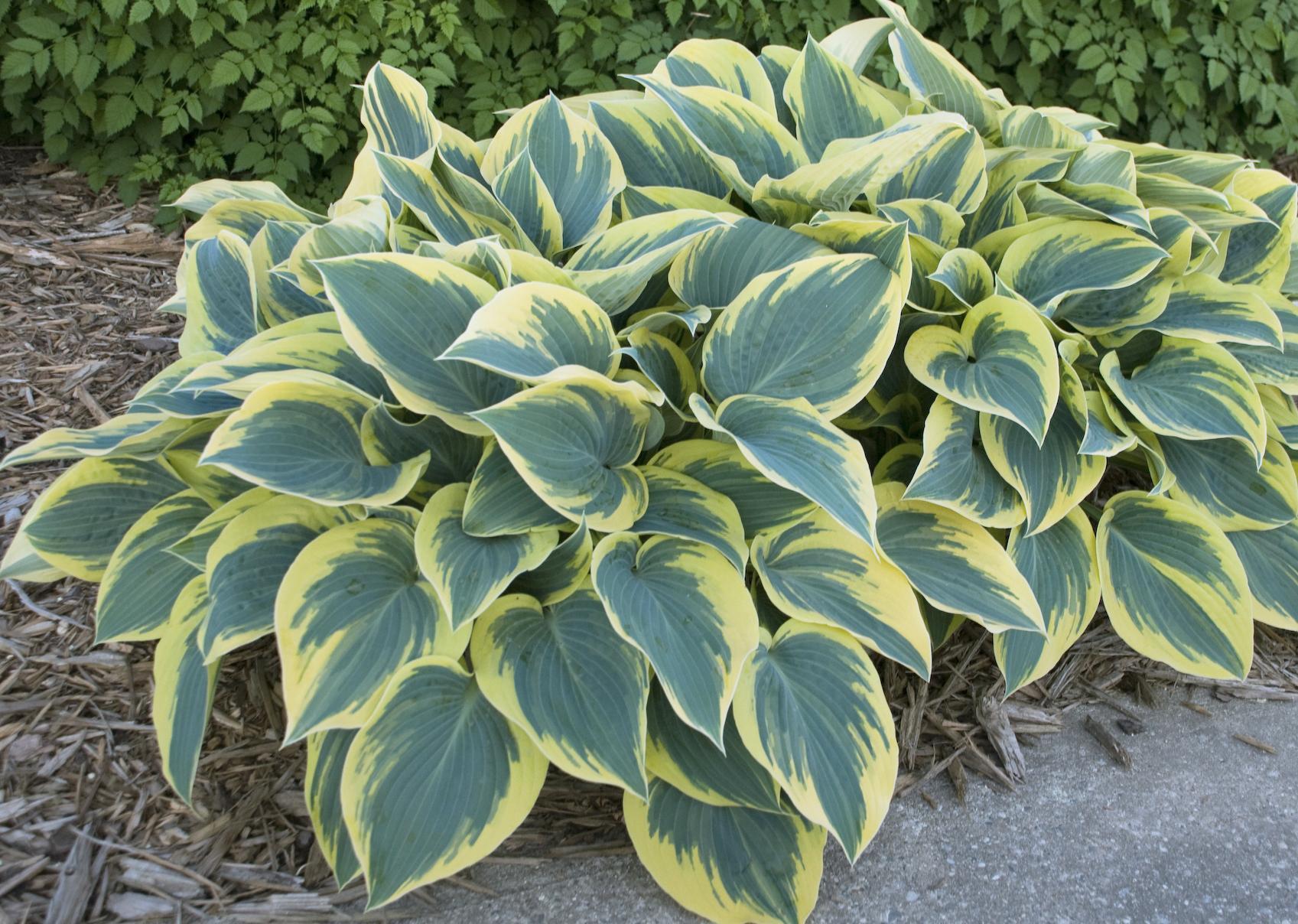


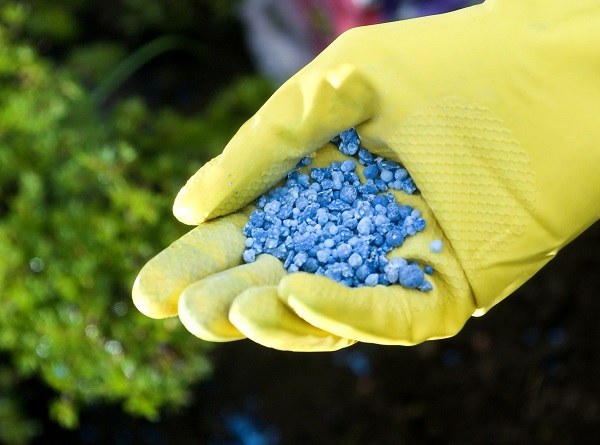
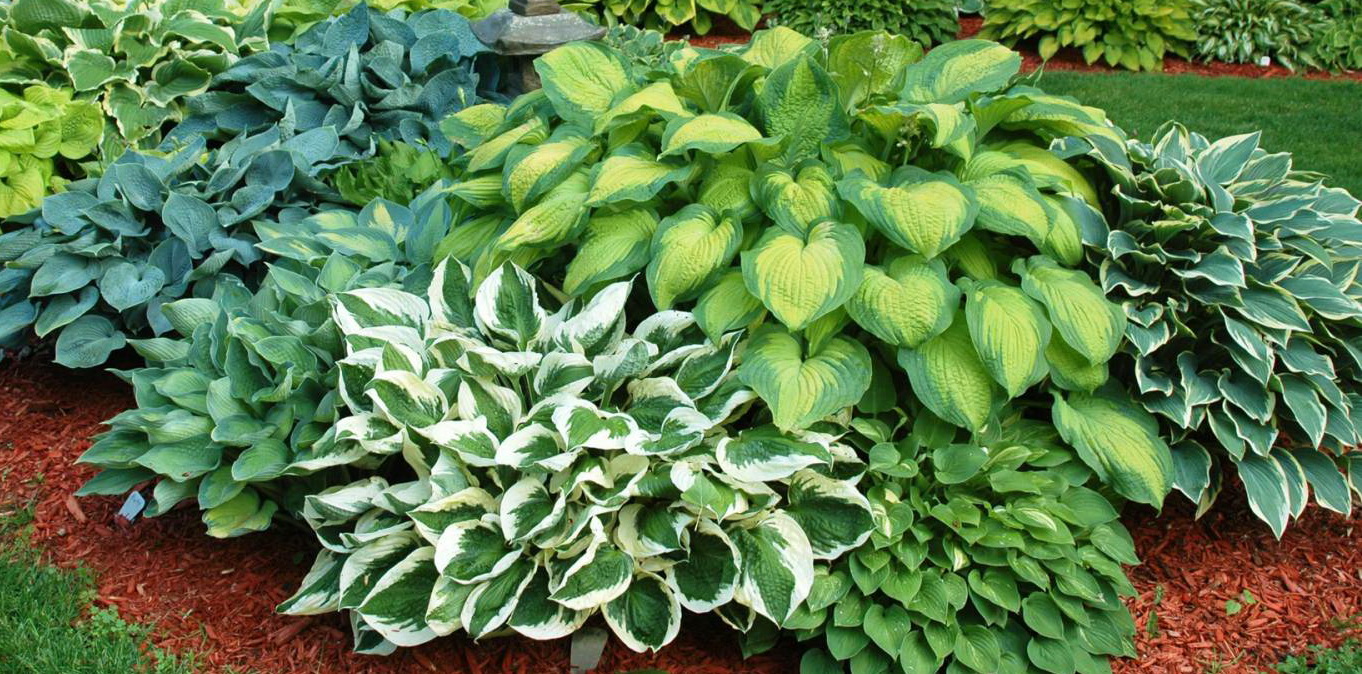
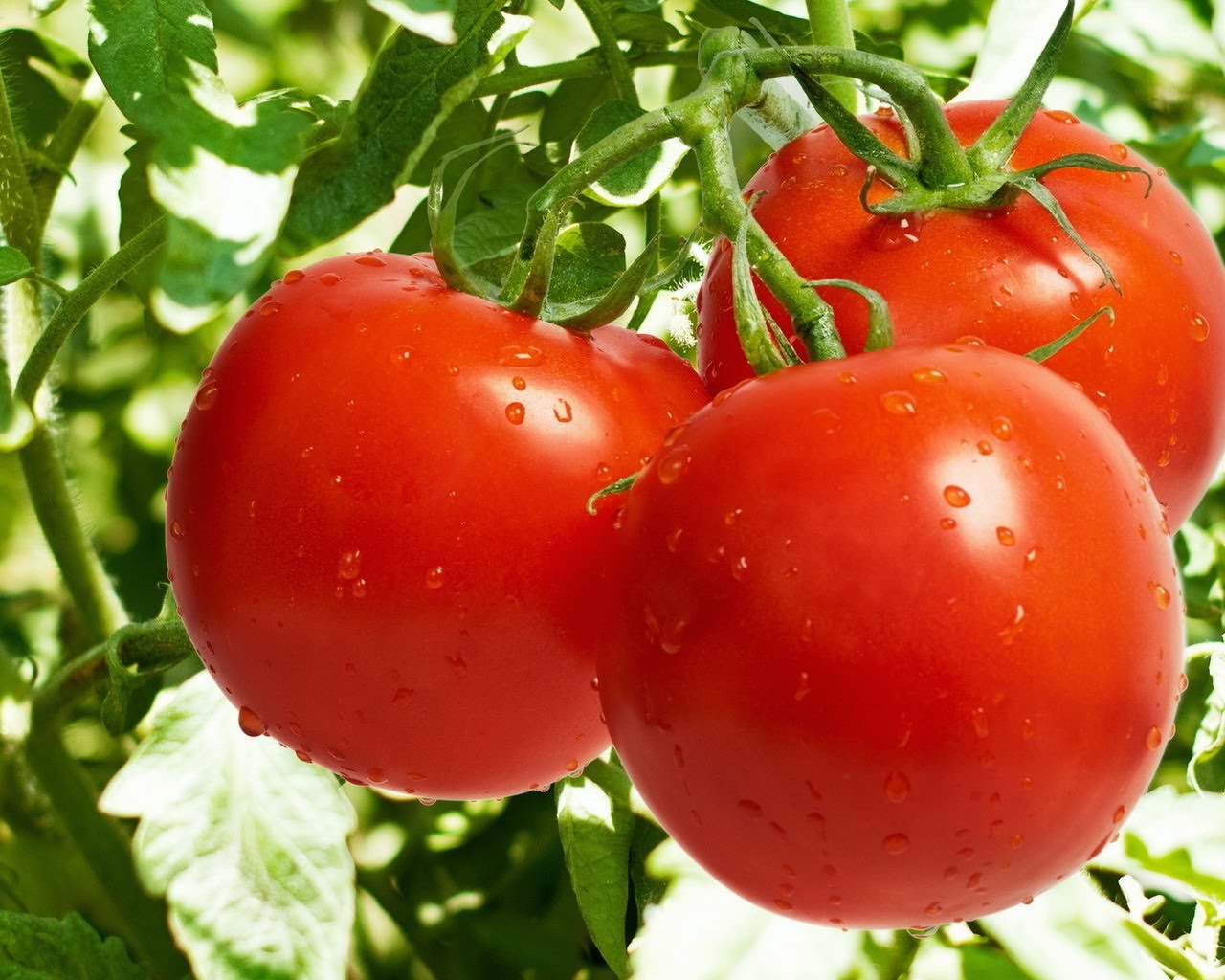
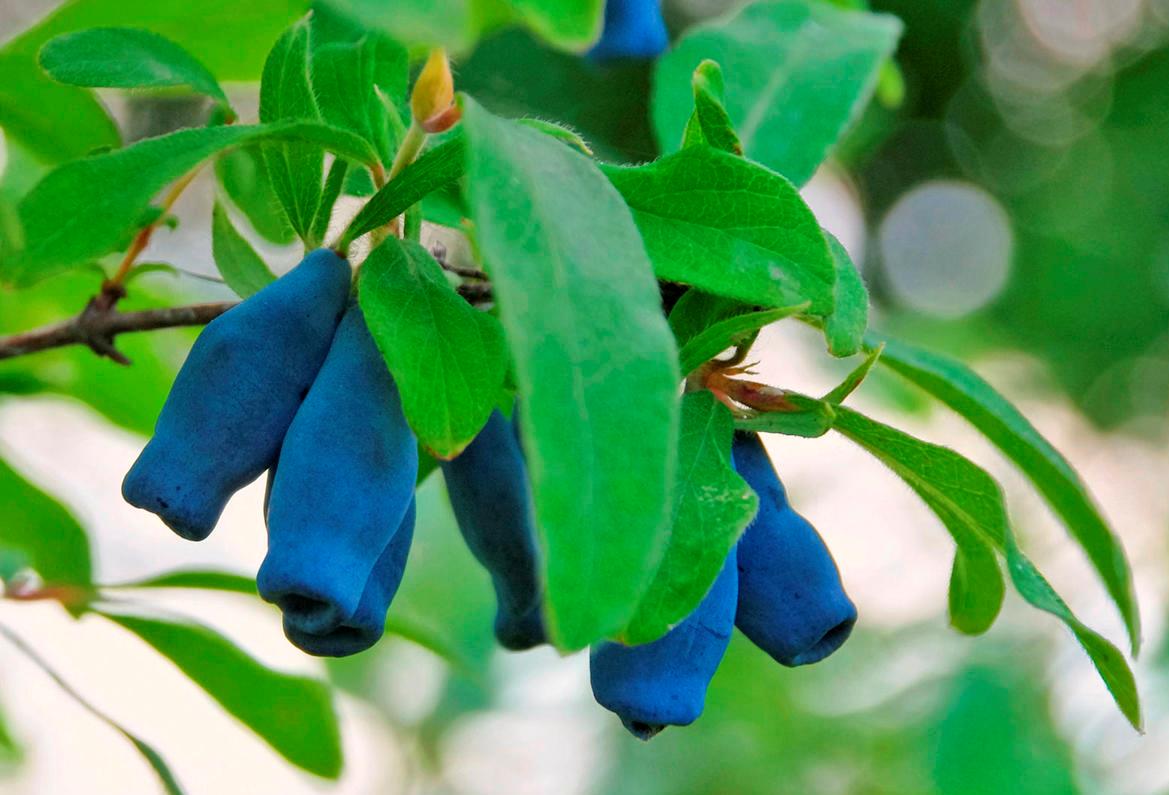

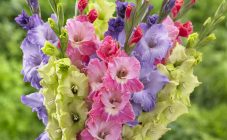
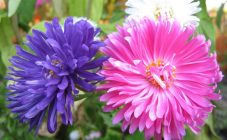








Nothing. How much mineral fertilizers are in grams?